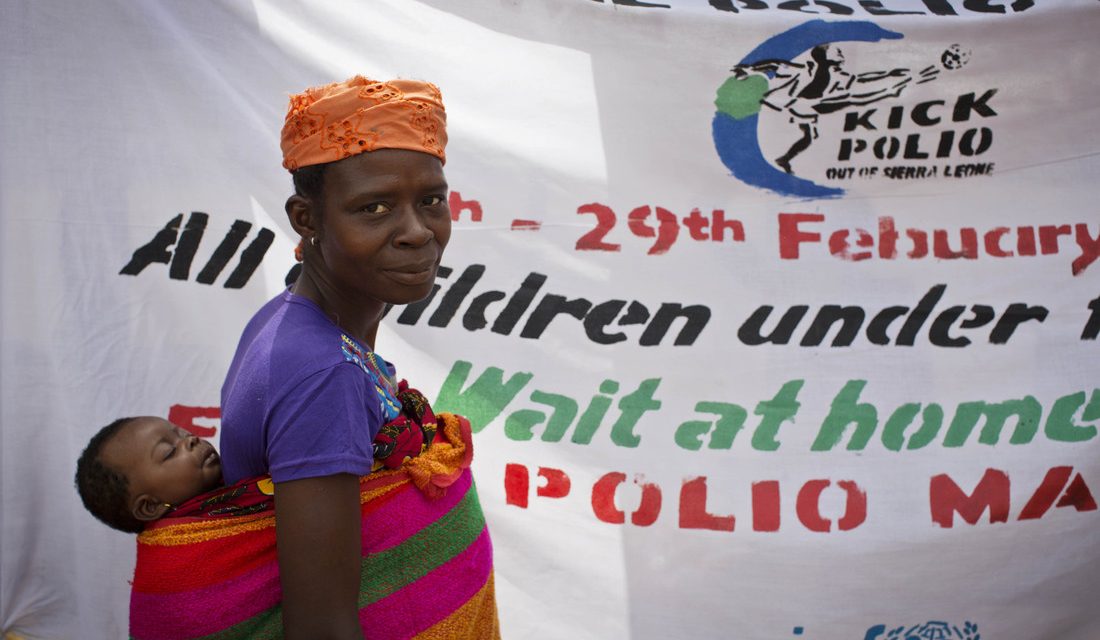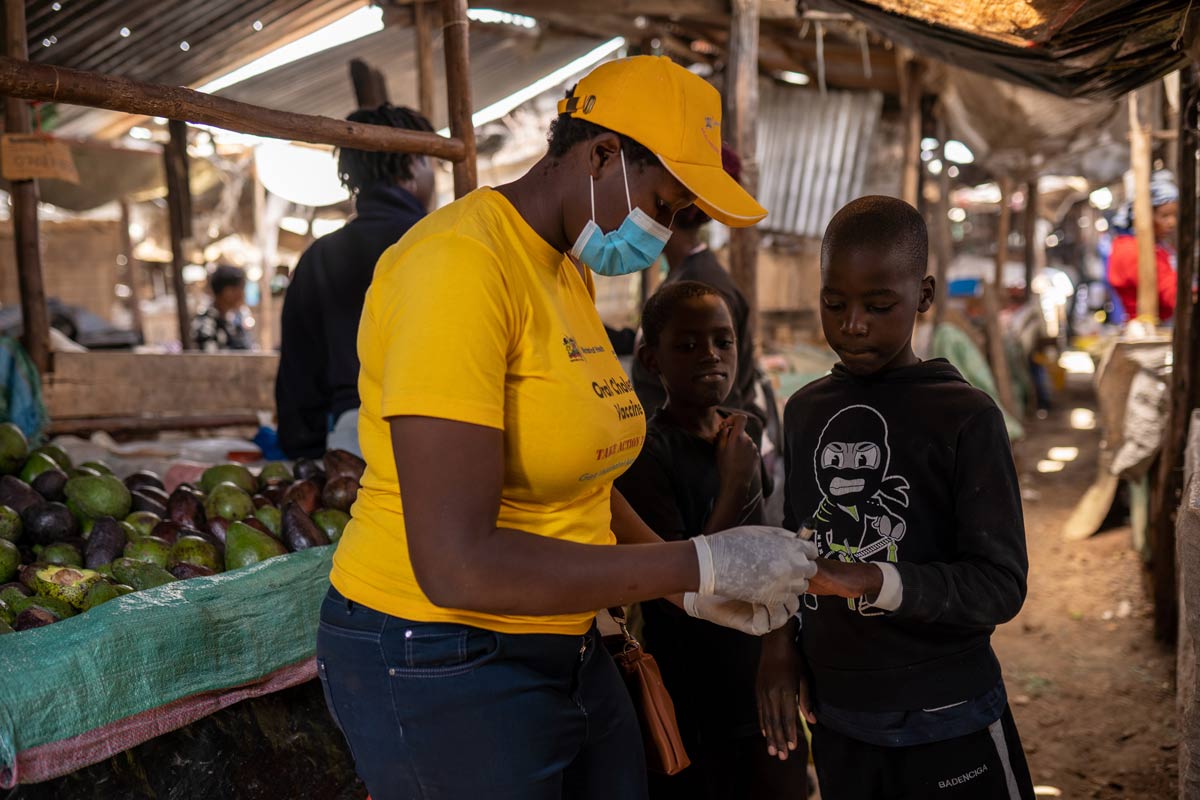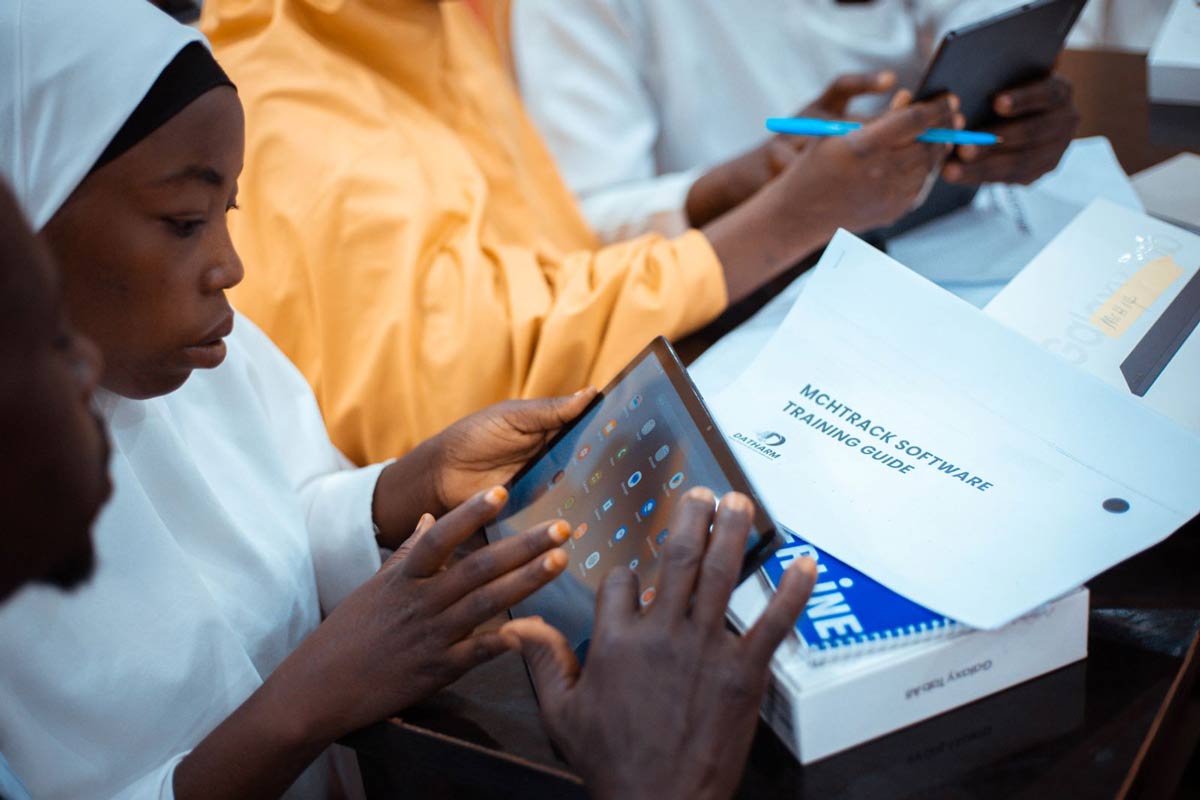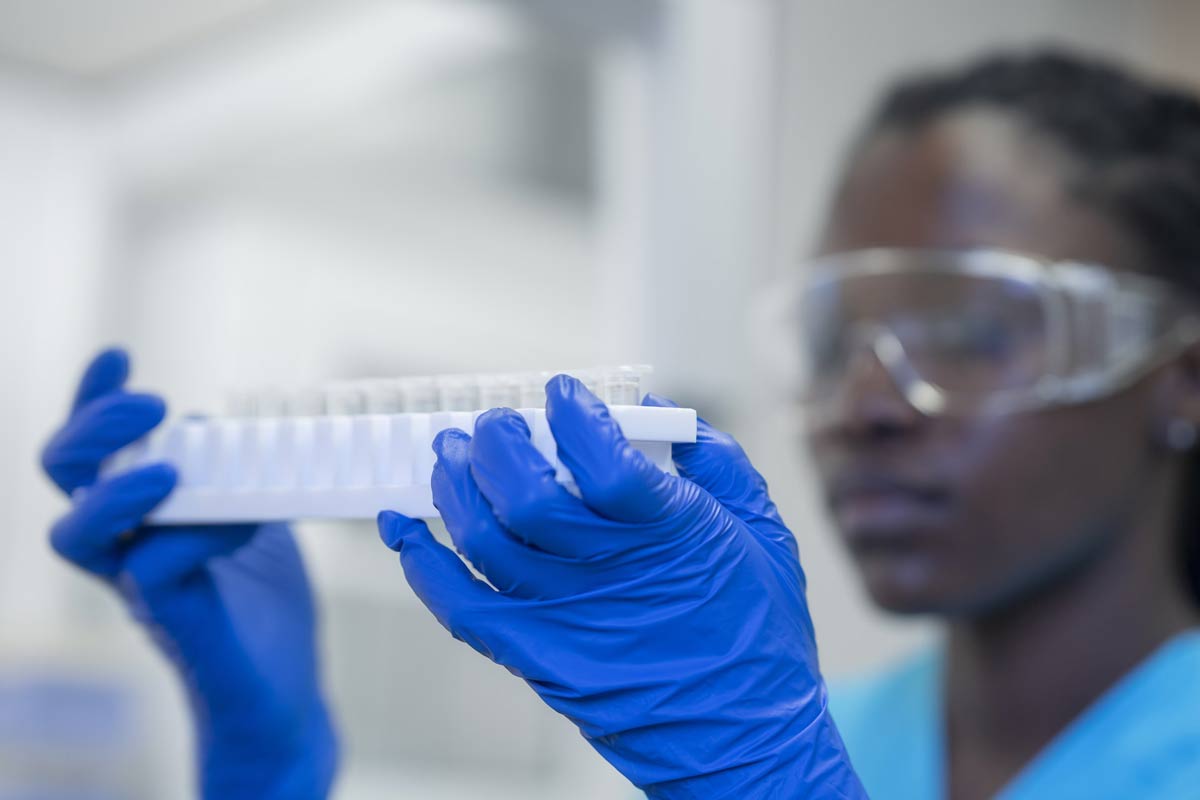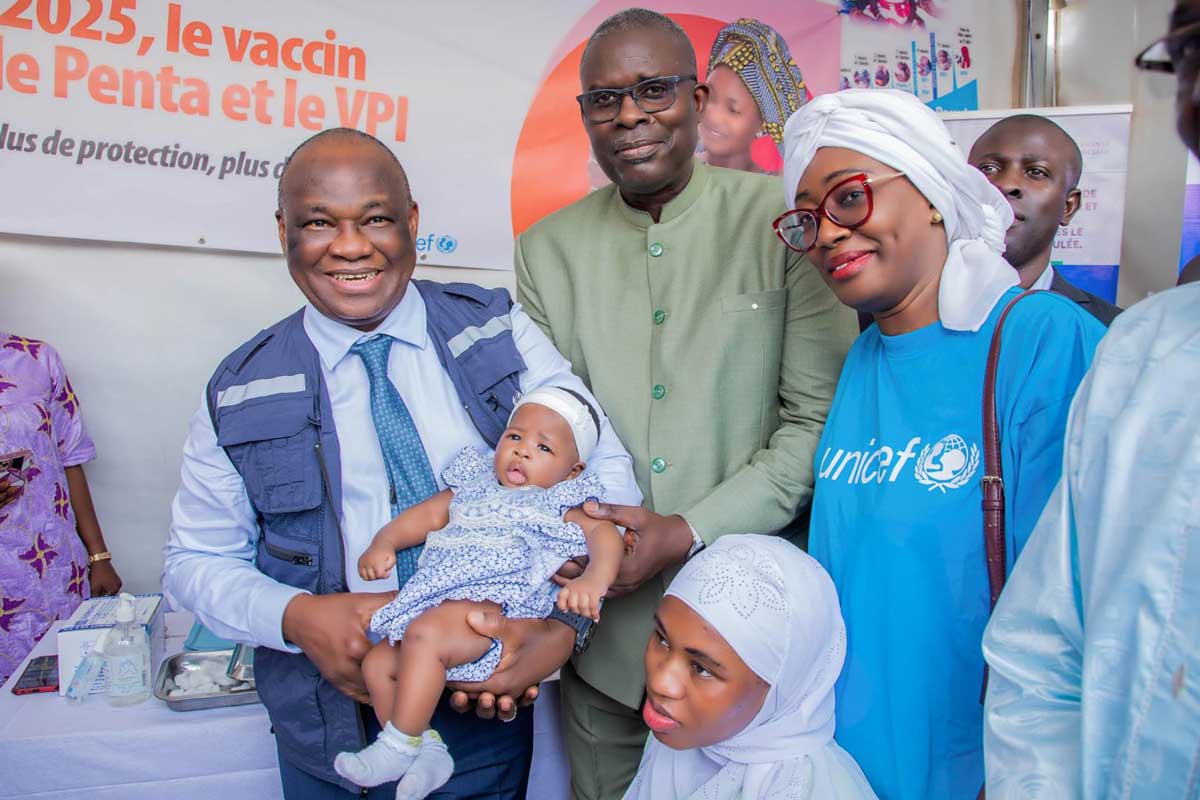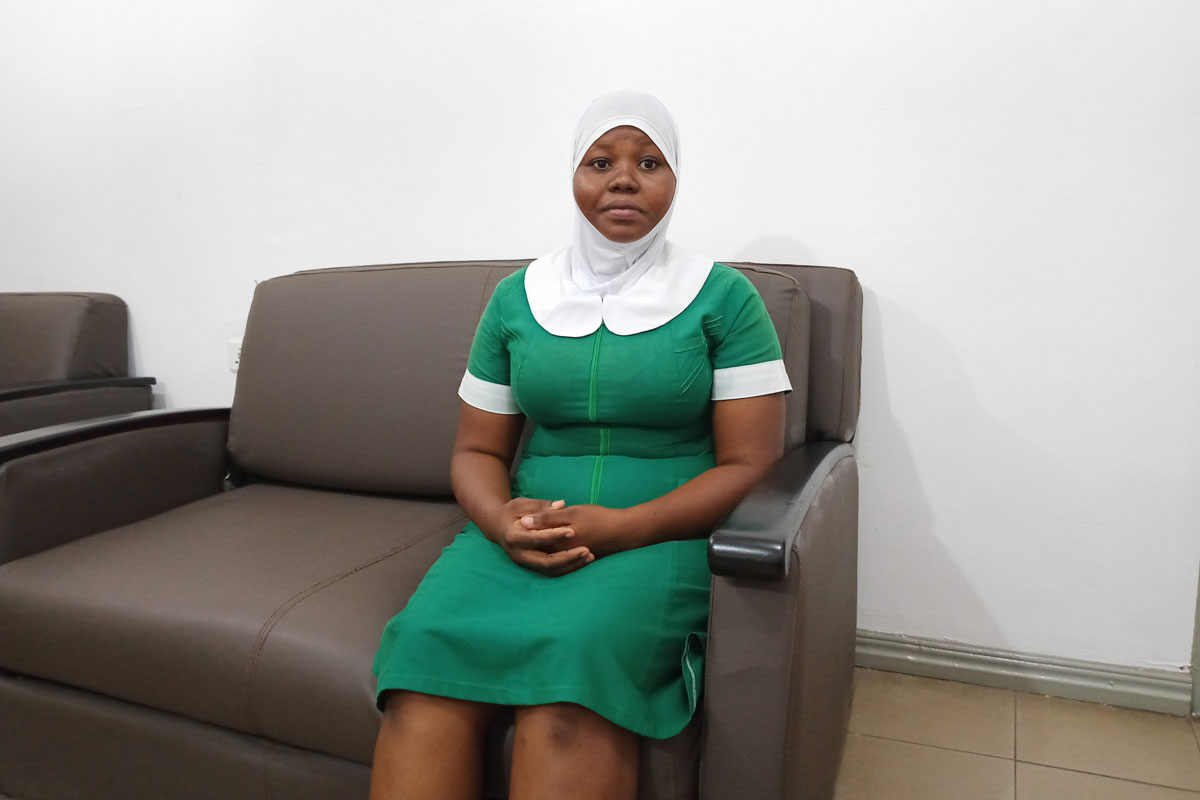Ciara McCarthy, Gavi
Ahead of World Polio Day, we spoke to Michel Zaffran, director of polio eradication at the World Health Organization, about the difficulties in vaccinating every child and what the success of the polio eradication programme means for our work to tackle other diseases.
One of the themes of World Polio Day this year is ‘unsung heroes’. How important have volunteers been in eradicating polio so far?
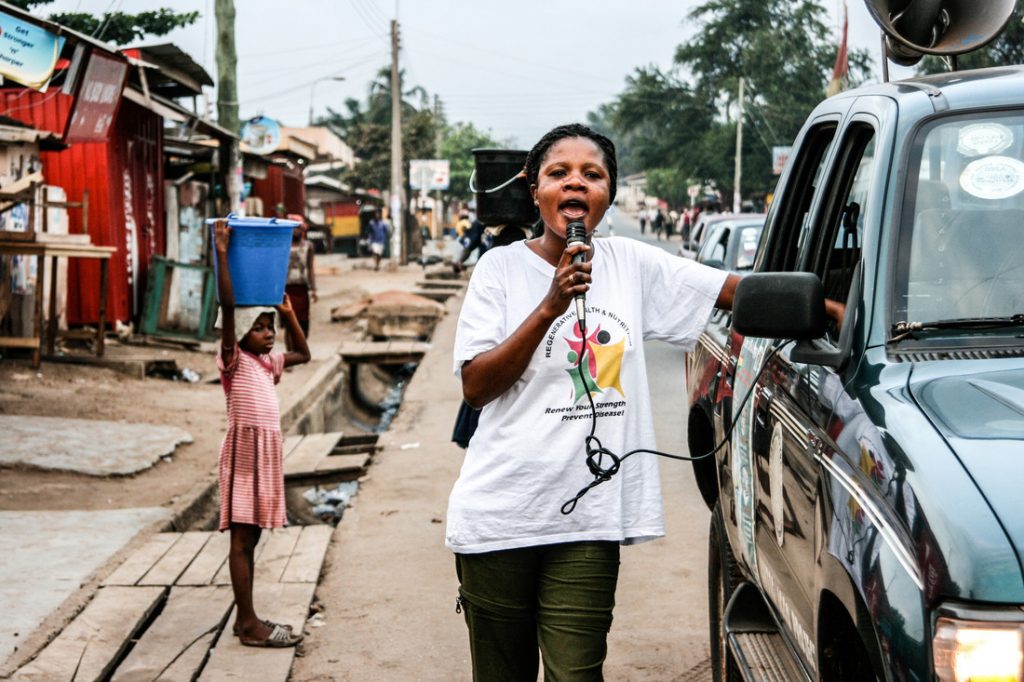
A volunteer in Ghana publicises the polio vaccine campaign. Photo: Gavi/Katerine Brisebois
Volunteers have been and continue to be the backbone of the eradication effort. Local Rotarians are raising critically-needed funds, and members of the community conduct the actual administration of the vaccines on the ground and report cases of paralysis. Without this vast network of volunteers – approximately 20 million strong worldwide – polio cannot be eradicated. They are the true unsung heroes of this effort.
What are the main hurdles to eradicating polio? Are there difficulties getting vaccines to remote communities and areas in conflict?
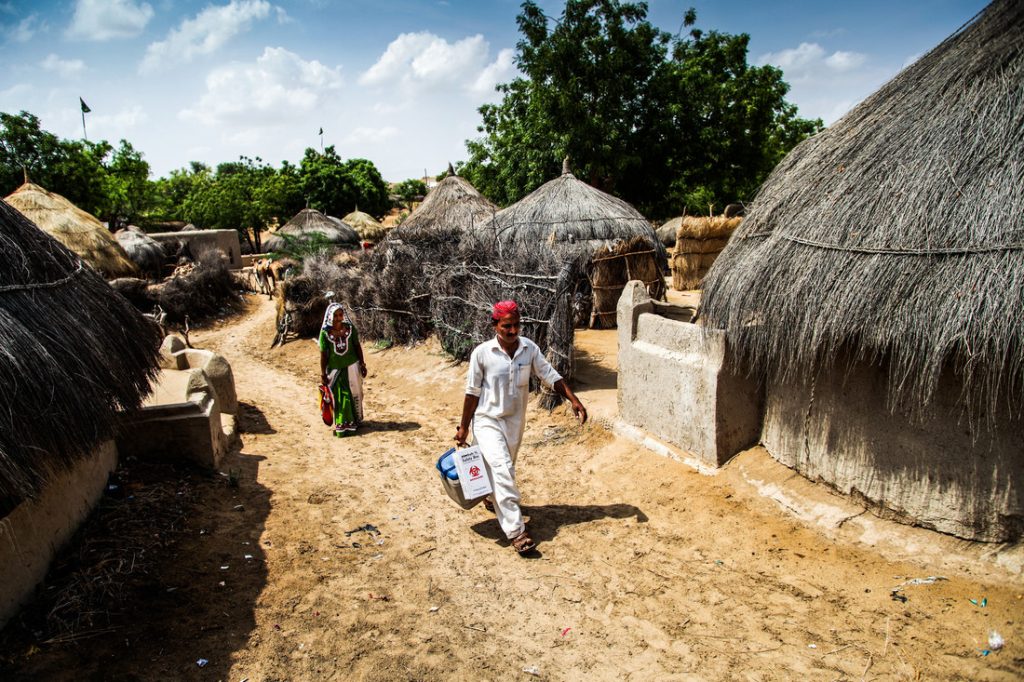
Those are precisely the main hurdles: reaching children who remain unreached by health systems, because of difficult terrain, conflict, security compromised access, urban sprawl, or large-scale population movements. These are all reasons some children are not vaccinated. The poliovirus is very effective at finding vulnerable children, so we have to be better than the poliovirus at finding that last unvaccinated child. And that is what we are doing with local authorities and partners. Identifying – area by area – the real reasons why children in that area are missed, and then putting in place operational action plans, at the community level, to overcome those reasons. We’re making strong progress: never before has polio been as geographically restricted as it is today. But we are not there yet, and we need to pursue our efforts.
How do you address the challenges of reliable data and identify areas with the lowest immunisation coverage?
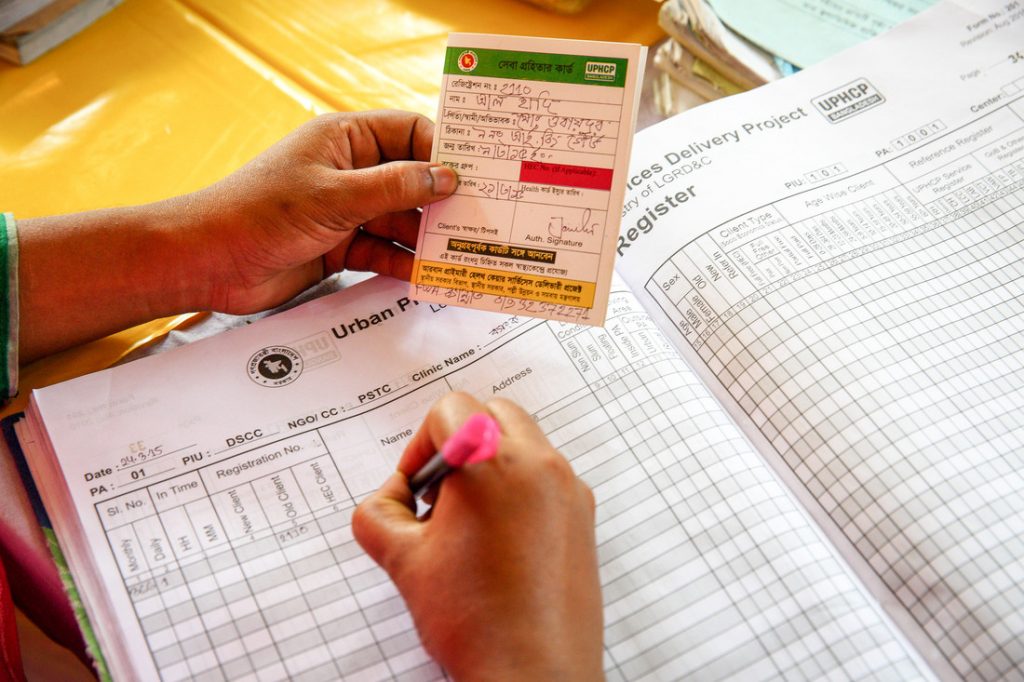
A health worker fills out a vaccination form in Bangaldesh. Photo: Gavi/GMB Akash
This is a key issue, particularly at this late stage of the effort, where we really have to focus on reaching the last one or two percent of children who we have so far missed. It is not good enough to achieve 95% coverage nationally, if sub-nationally we are still missing 5%-10% of children somewhere. So we need to be extremely rigorous in the monitoring of our activities, in particular when we assess population immunity levels. We have introduced a number of innovative approaches to address this challenge, such as Lot Quality Assessment sampling, to identify areas which fail to achieve campaign coverage targets; third party monitoring, to get an external view on data quality; and seroprevalence surveys, which show actual immunity levels of children in key areas or high-risk population groups. These tools provide the clearest and most reliable picture of immunity levels.
How can other disease programmes benefit from polio eradication?
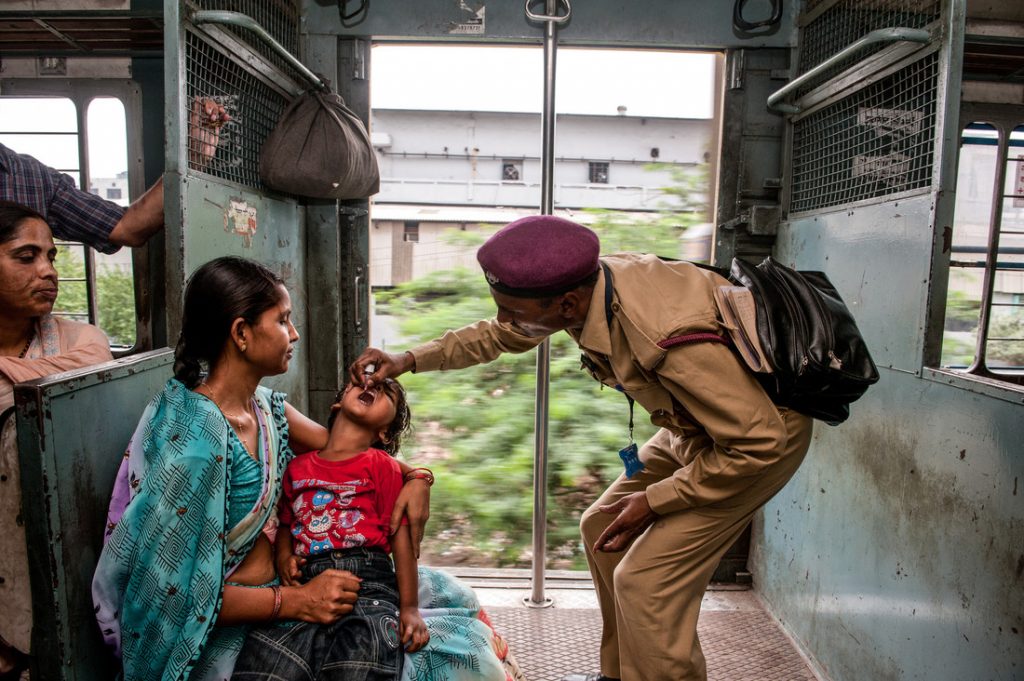
In India, a volunteer vaccinates a child against polio. Photo: Gavi/Manpreet Romana
Polio eradication has always been about more than polio. Rotary International calls this effort ‘PolioPlus’, with the ‘plus’ standing for more than polio. Polio-funded staff on the ground have been busy helping address other public health emergencies, from the Ebola outbreak in West Africa, the recent drought in the Horn of Africa, to the devastating earthquake in Nepal a few years ago.
Polio-funded staff have also supported Gavi’s immunisation efforts, including assisting countries in their implementation of Gavi-funded vaccine and health system strengthening activities. As a concrete example, the proportion of children who have been fully immunised against all vaccine-preventable diseases in some of the most marginalised areas of India increased from less than 20% ten years ago, to more than 80% today.
These broader benefits of the polio eradication effort, however, require that countries and the international community make sure that the momentum is maintained when polio is eradicated. Indeed, unless this is well planned, the loss of funding coming through the Global Polio Eradication Initiative could negatively impact immunisation programmes and other health interventions which have benefited from the large network of staff deployed to eradicate polio. Discussions with partners and countries are underway to map out this process for the post-polio world.
Polio eradication has indeed shown that all children – no matter where they live – can be reached with health interventions. The premise of this programme has been that every child has a right to be protected from lifelong polio paralysis, whether they live in Switzerland, or whether they live in conflict-affected areas of Somalia or areas with limited healthcare infrastructure of Afghanistan. And the lessons and experiences can be – and are being – applied to other disease control programmes.
This week Michel is also curating @Vaccines – head over to Twitter to join him in the conversation about how to #endpolio for good.
